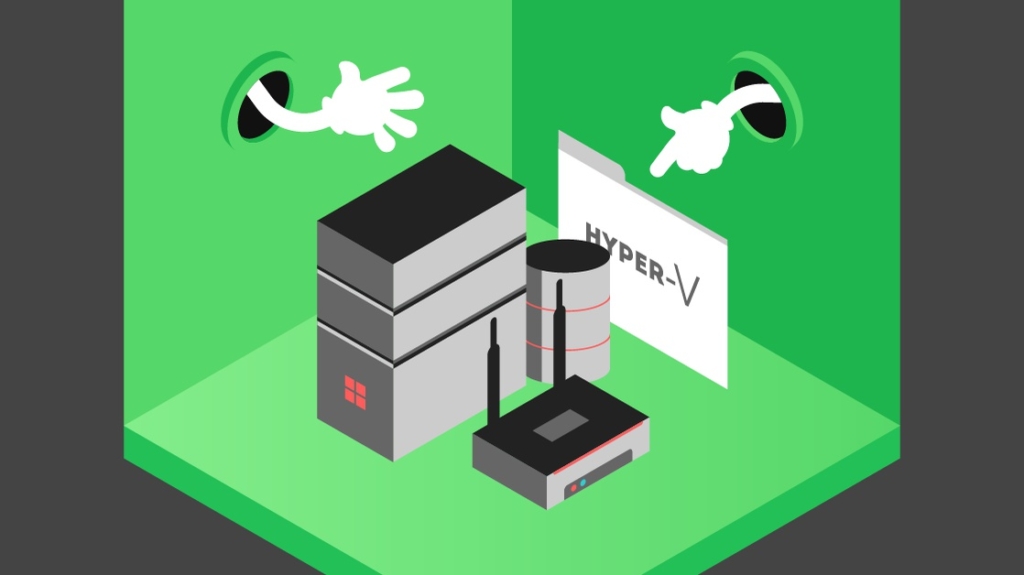Designing Your Microsoft Home Lab

Studying books and answering practice questions probably isn't the best way to study for your Microsoft certifications. One of the most effective methods is to combine book knowledge and training with real-world experience. The cost of hardware and software has gone down tremendously in the last decade. So take advantage of low-cost hardware and design your own Microsoft home lab to get hands-on practice as you study for your exams! Here is what you need.
A Dedicated Server with Hyper-V
Microsoft's Hyper-V was introduced in Windows 2008, but you should have at least Microsoft Windows 2012 for your lab. You don't need a hardcore server to practice book theories, but you do need a machine that can handle Windows 2012 with enough disk and memory space for at least a couple of virtual machines.
Hyper-V is the Microsoft hypervisor, which lets you host several virtual machines on one machine. An old desktop that you don't need anymore will do the trick.
One Workstation with Windows Installed
Most corporations still use Microsoft Windows 7 even though the operating system is several years old. Windows 8 wasn't fully accepted in most corporate environments and Microsoft Windows 10 is steadily gaining acceptance. If you have an old copy of Windows 7 lying around, it's the best operating system to use for your practice machine.
You can even use your own desktop as long as you don't expect to make any major changes to configurations. Otherwise, get an old laptop or desktop and follow the instructions in your training manuals.
Wired or Wireless Network with at Least One Router
Your ISP probably provided you with a router that connects your home to their system backend. Whether it's DSL or cable, you have an ISP router. The problem is that you don't have control of this hardware and you don't want to make changes that interrupt service.
You need your own router, and you can buy one at a relatively low cost. Connect it to your ISP router, and then connect your home PCs and mobile devices to your own router. This gives you the ability to fully understand router configurations and managing machines connected to the router. You can customize settings to practice for your exams without interrupting ISP connectivity. Today, most routers include wired and wireless settings.
Network Storage
You could use hard drives installed on your servers and workstations, or you can take your lab to the next level and install network storage or a NAS (network attached storage). A NAS is a hardware device that lets you hot-swap hard drives in each slot. They are hard drives directly connected to the network without installation in a computer.
A NAS isn't necessary, but it will help you get experience with enterprise storage. It will increase your budget by a few hundred dollars, so if this cost is too steep, just stick to the storage in your workstations and servers.
Basic Configurations
When you set up your network, you want to add a few configurations common in the enterprise. You can follow your workbooks, but you should be prepared to configure your network in a way that lets you practice for exams.
Your server should be configured with DHCP, and you should have Active Directory installed for security. This will make it more difficult to stay casual on your network, but it gives you good practice with what you will see in the real world.
Make sure you configure some of the common Active Directory settings like password rules and restrictions on software installation on workstations. You'll also want to monitor your network for traffic.
The design of your home lab needs these basic hardware and software components, but you can customize it any way you want to make it feasible for your own environment. It's relatively low budget for a small home lab, but it makes it much easier to take your exams with the hands-on experience.
Learn more about the
delivered to your inbox.
By submitting this form you agree to receive marketing emails from CBT Nuggets and that you have read, understood and are able to consent to our privacy policy.